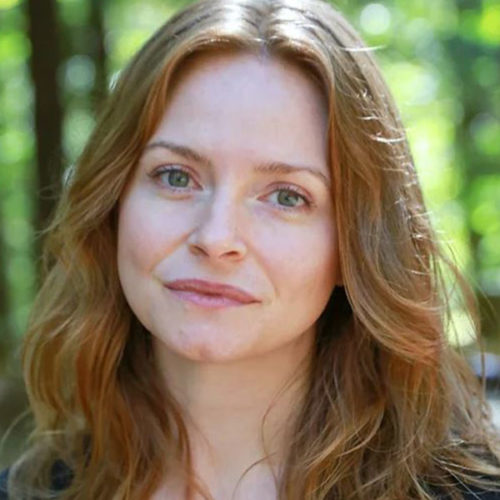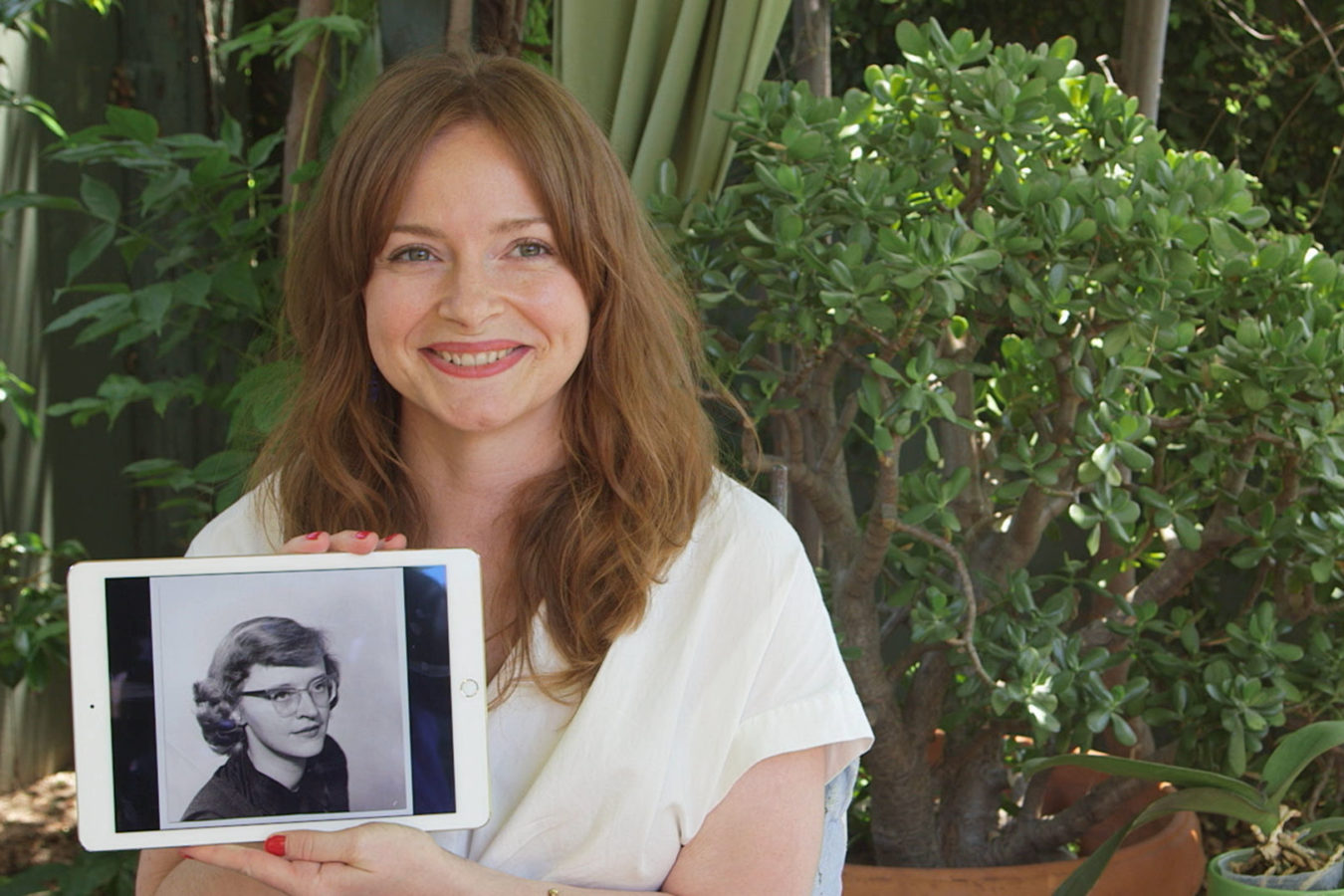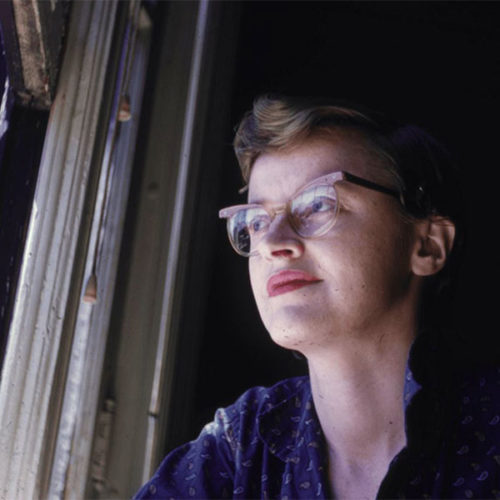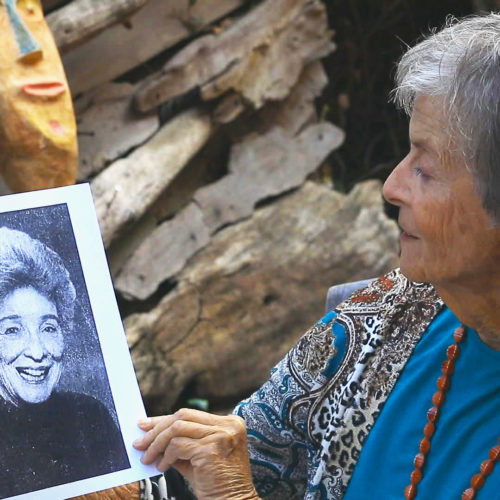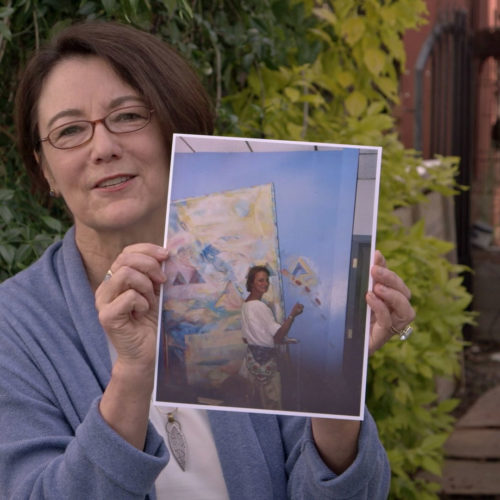Elizabeth Eaton Converse was born on August 3, 1924, in Laconia, New Hampshire. Her childhood was spent in Concord, New Hampshire, with her strict Baptist family. She excelled in high school as the valedictorian, which earned her a scholarship to Mount Holyoke College in Massachusetts. But after only two years of college, Elizabeth moved to New York City to pursue music. Her new lifestyle in Greenwich Village was antithetical to her religious upbringing — she smoked, she drank, she even changed her name to Connie. In 1954, Connie performed on The Morning Show on CBS with Walter Cronkite, and two years later, she recorded an album with her younger brother, Phil. But after struggling to find mainstream success like other folk musicians, Connie moved to Ann Arbor, Michigan, where she worked as a secretary, then Managing Editor for the Journal of Conflict Resolution. She never wrote music again. In 1974, just days after she turned 50, Connie wrote letters to friends and family that conveyed she was leaving to start a new life. Despite efforts, no one ever saw her again. In 2004, her old friend Gene Deitch, played some of Connie’s unreleased songs on a New York music historian radio show. Young producers (and fans) released her first album, How Sad, How Lovely, to very favorable reviews. When her music (and the mystery surrounding her) became publicly available, many became deeply fascinated with Connie — believing that she might be the earliest performer in the singer-songwriter genre.
